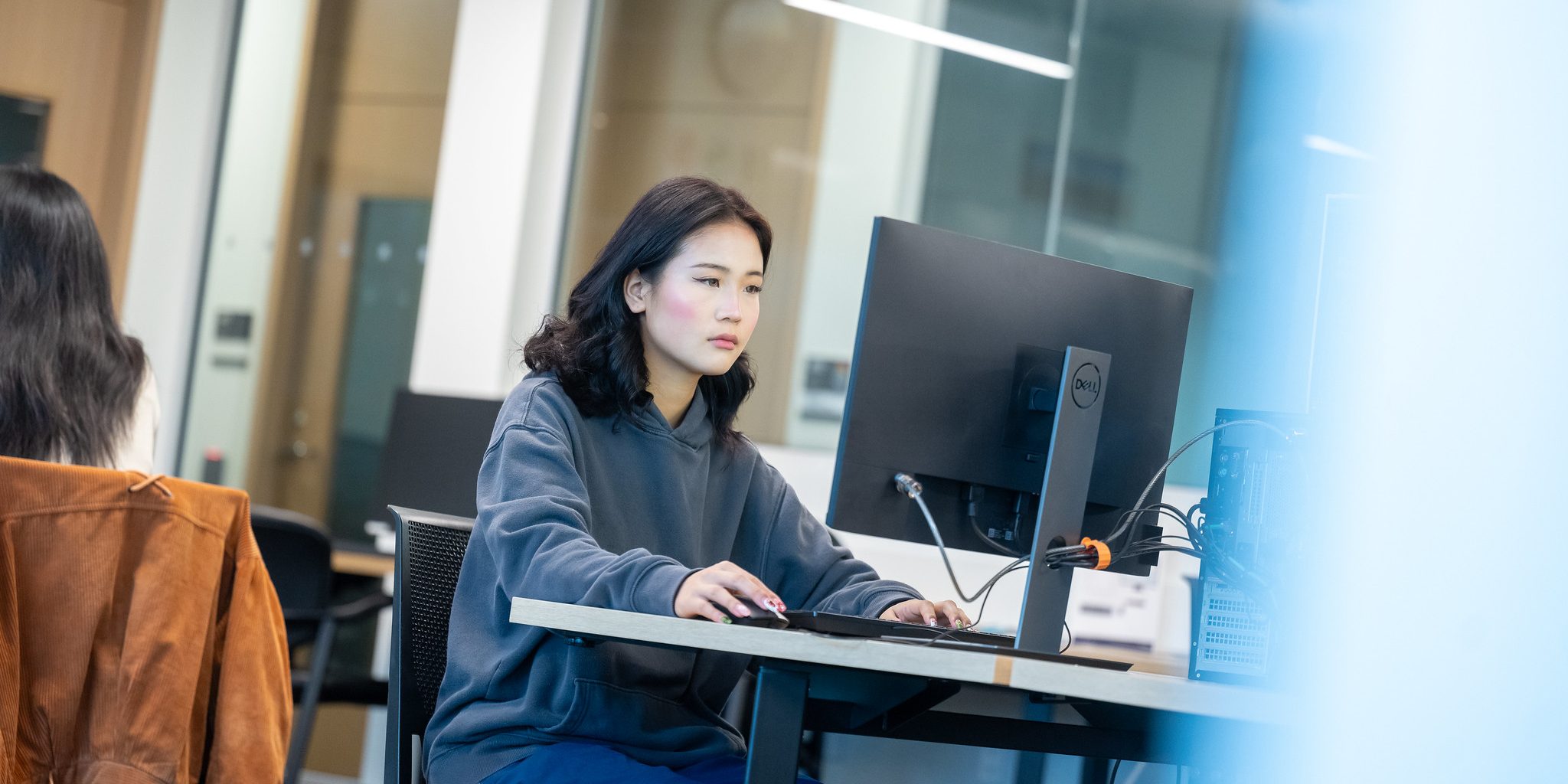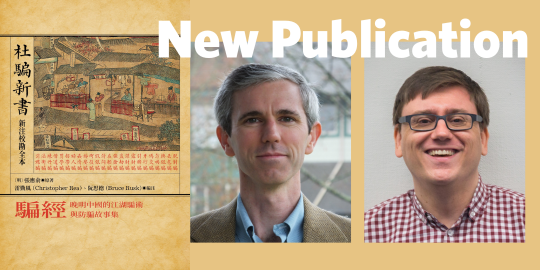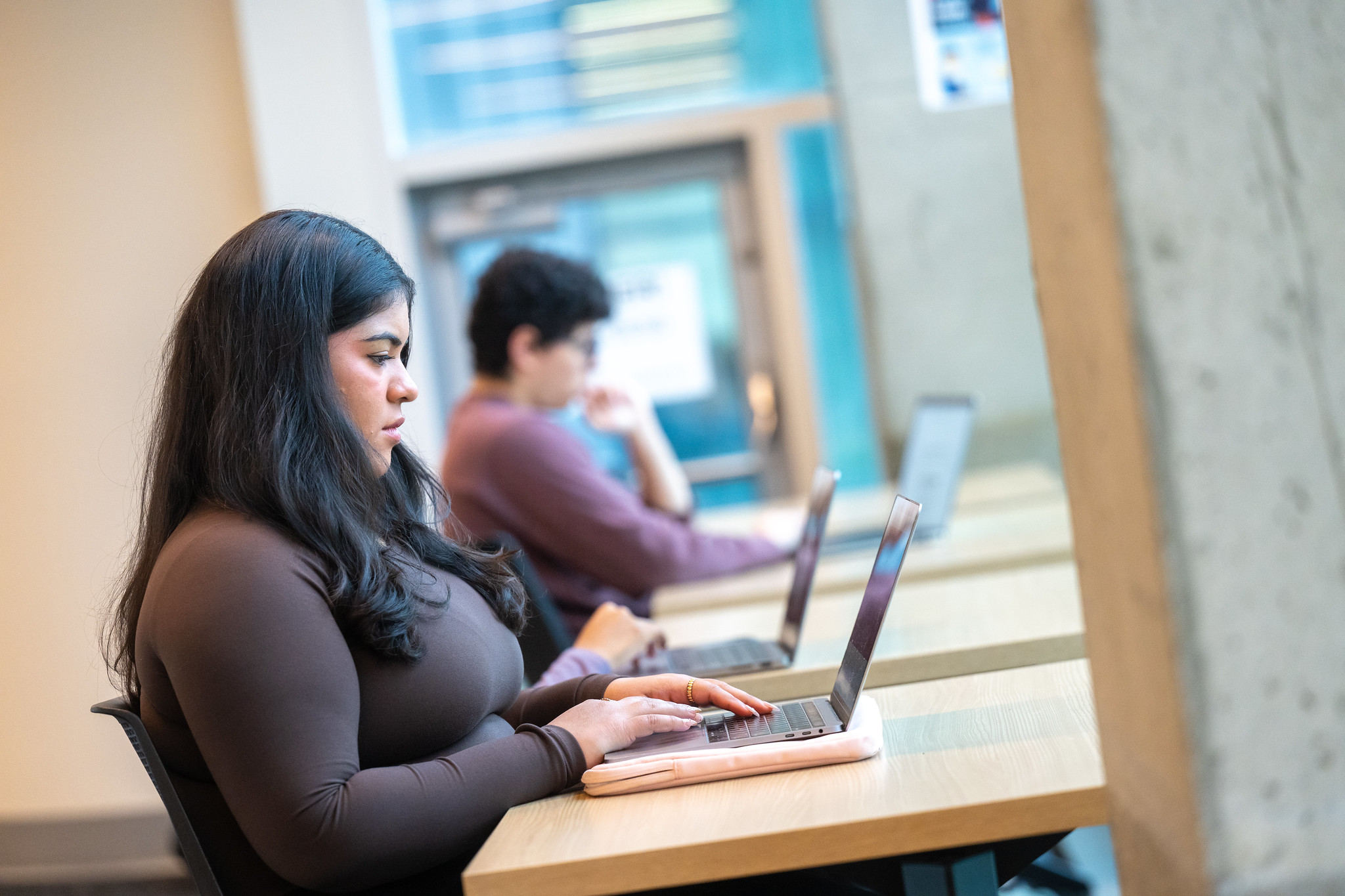

The Chinese Language Program (CLP) at UBC is excited to welcome the recent arrival of two dynamic visiting lecturers—Wen-Hui Chen and Ting-Hsuan Chang. As the academic curtain rises, we have the honor of unraveling the tales of dedication and innovation these educators bring to the world of Chinese language instruction.
Join us in this illuminating conversation as we explore the teaching experiences, methods, and pedagogical insights that Wen-Hui and Ting-Hsuan bring to the forefront of the Chinese Language Program at UBC.
Visiting Lecturer Wen-Hui Chen


- Let’s dive into your story! Can you share a bit about your background and what sparked your passion for teaching Chinese?
Born in Taiwan, I earned my master’s degree in Chinese pedagogy from Indiana University. Before joining UBC, I spent almost six years teaching Chinese to learners across various proficiency levels. My journey in education began in diverse roles, ranging from tutoring to coaching swimming during my earlier years.
My pivotal moment occurred when I assumed the role of a language assistant at a U.S. university. It was here that the true magic of teaching languages, especially Chinese, revealed itself to me. The immersive cultural connections and interactive environments that the Chinese language facilitates left a profound impact on me. The genuine enthusiasm of students toward learning became a constant source of inspiration as I forged ahead in my career as a Chinese language educator.


Lecturer Chen ready to weave wonders at the heart of UBC’s Chinese Language Program
- Can you share your teaching philosophy and spill the beans on any cool, unique methods or strategies you sprinkle into your Chinese classes?
My teaching philosophy is deeply grounded in a communicative approach, emphasizing the active and practical application of the Chinese language. For students, particularly those at lower proficiency levels, mastering pronunciation and sentence structures forms the bedrock of their learning journey.
In my classes, I foster an environment that not only accepts mistakes but celebrates them as essential to the learning process. I firmly believe in the significance of training students’ ears to identify and understand these errors, allowing them to uncover the underlying logic of the Chinese language.
This approach creates a dynamic and engaging learning space, where students not only absorb the intricacies of the language but also gain confidence in navigating its complexities.


Lecturer Chen’s teaching approach in action
- What are some tricky spots students often encounter while learning, and how do you guide them through these challenges in your teaching style?
Embarking on the language journey goes beyond communication—it delves into the rich tapestry of cultural nuances. For advanced students, the focus extends beyond using the language for communication; it involves cultivating a mindset that thinks in the language. This intricate interplay between language and culture has been a central theme in my earlier research.
My exploration also aimed at enhancing students’ writing proficiency by encouraging them to embrace the underlying logic of the language. In particular, I delved into the subtle societal values seamlessly woven into Chinese, such as the use of “us” (我们/ 大家) in writing. This linguistic choice not only enriches our writing but also nurtures a deeper understanding of the collective spirit that defines the language and its people.
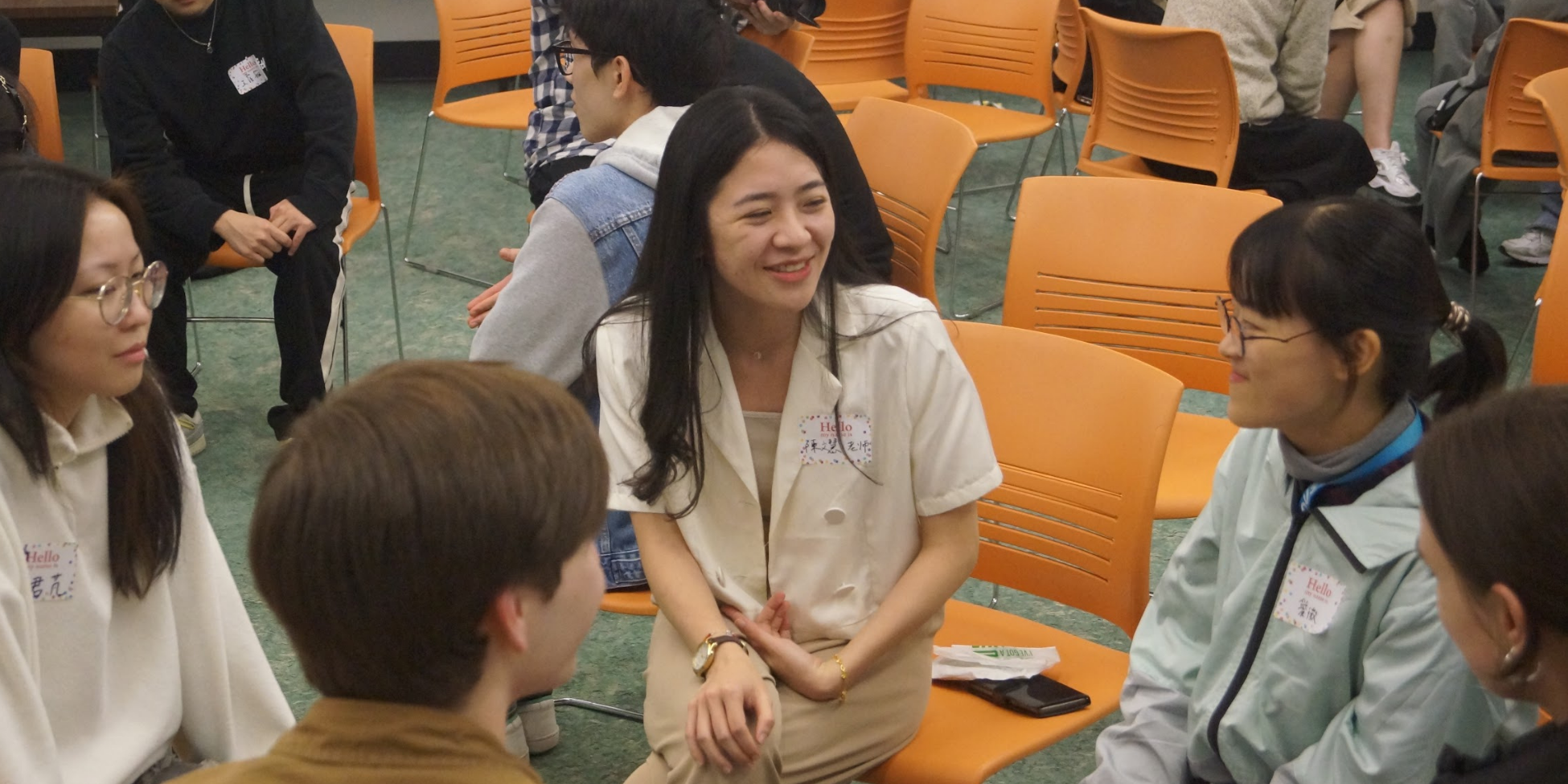

Lecturer Chen engaging in lively discussion with CLP students
- Let’s stroll down the memory lane of your teaching journey! Could you whisk us away with some success stories or memorable moments that truly capture the charm of your language teachings?
A quote that holds significant meaning for me is “To teach is to touch a life forever” and this is the value I place on the work I do.
One of the most profound moments in my teaching career occurred when a student, whom I had the privilege of instructing, embarked on a journey to Taiwan for a study abroad program. Upon her return, she shared how learning Chinese had not just been an academic pursuit but a transformative experience that broadened her horizons and reshaped her entire educational trajectory.
This eye-opening encounter underscored the profound impact teachers can have on their students. Acting as life mentors, we guide students as they navigate the world, helping them discover and craft their unique stories. It reaffirms the belief that teaching extends beyond the classroom, influencing lives in ways that go far beyond textbooks and exams.
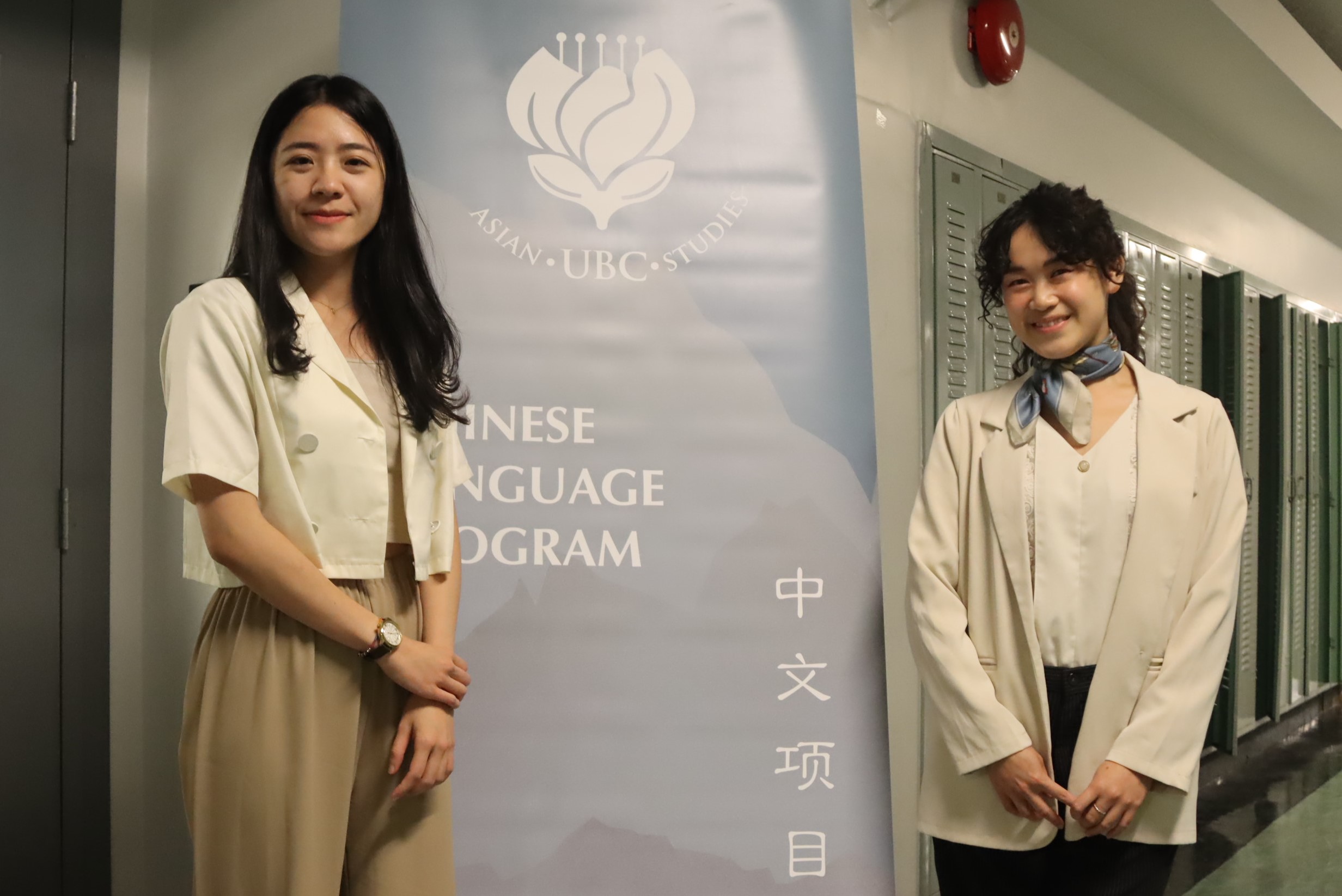

Lecturers Chen and Chang, where language meets smiles
Our new visiting lecturers are not just experts in the realm of Chinese language education, but they also embody a genuine passion for the art of language learning and developing meaningful connections with students along the way.
Visiting Lecturer Ting-Hsuan Chang
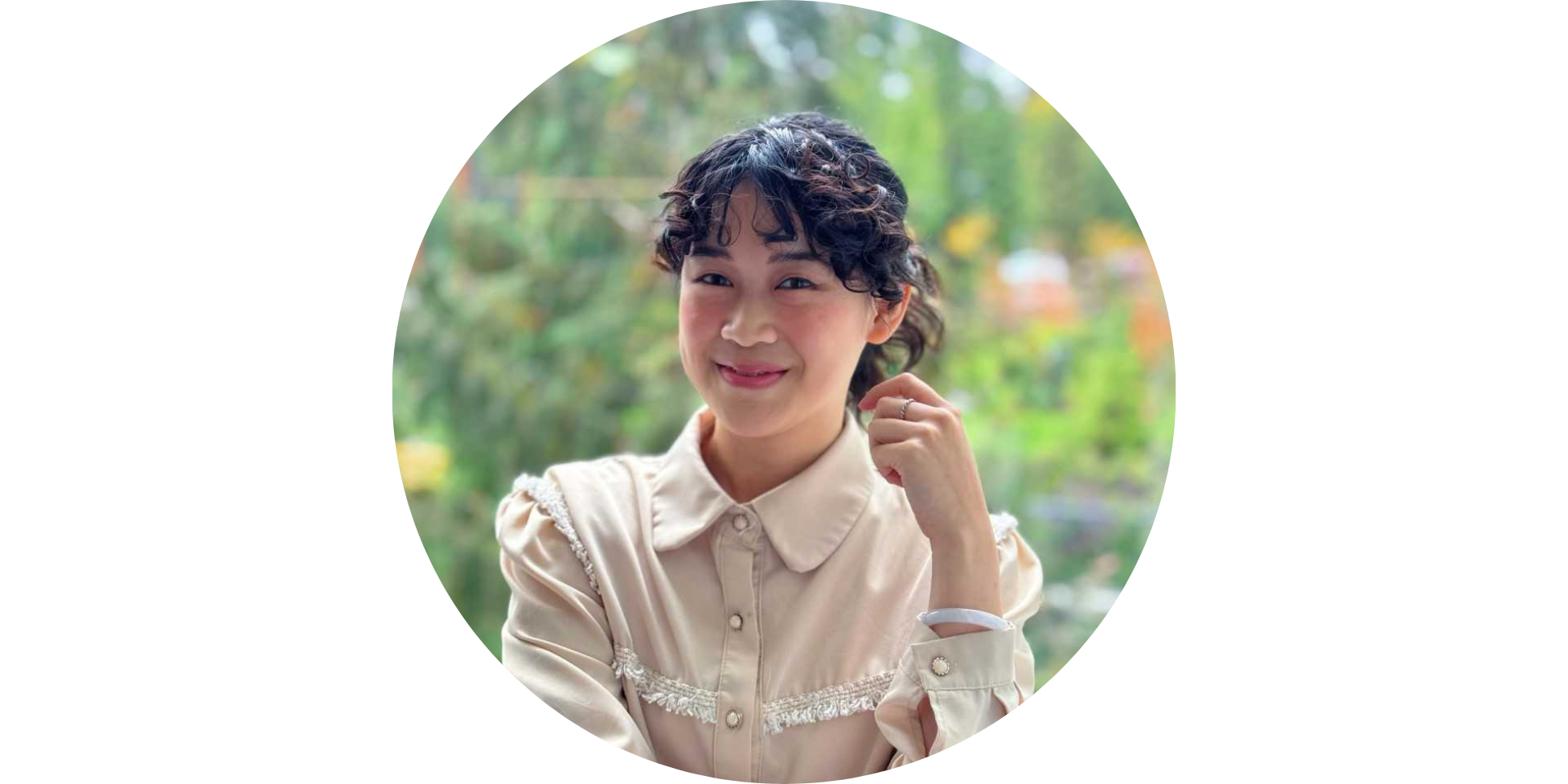

- To start us off, could you paint a picture of your background for our readers? What ignited your interest in making a career out of teaching Chinese?
After obtaining my Teaching Chinese as a Second Language license from National Taiwan Normal University, I’ve gathered considerable experience in teaching Chinese, particularly in intensive learning environments. Working with scholarship students studying abroad has allowed me to build strong connections with my students. However, the most significant influence on my teaching journey was my mother, a teacher at a cram school in Taiwan. Her daily dedication to teaching initially sparked my interest in the profession.
It wasn’t until college that I truly discovered my passion for teaching the Chinese language. My first experience teaching second language learners was incredibly rewarding, igniting a deep sense of fulfillment and an unwavering enthusiasm for sharing my culture and knowledge with students. This excitement is what I’m thrilled to bring to our language learning community here at UBC.


Lecturer Chang lighting up the Chinese Language Program with contagious smiles
- What’s your secret recipe for Chinese magic in the classroom? Can you share your teaching philosophy on any unique methods that bring your classes to life?
At the core of my teaching philosophy is the commitment to creating a supportive, interactive, and dynamic learning environment.
I aim to transform the classroom into a space where language students not only absorb information but also engage with diverse perspectives. To infuse our classes with energy and enthusiasm, I incorporate lively paired activities that not only deepen understanding but also offer students valuable communication opportunities.
The ultimate goal is to guide my students on a language journey that prioritizes personal growth over academic comparison. I believe in fostering an environment where learners feel encouraged to explore, question, and express themselves. By emphasizing the journey rather than the destination, I aim to instill a love for language learning that extends beyond the classroom.


Lecturer Chang sparking a lively discussion with students
- Let’s chat about the language adventure! What hurdles do students typically face, and how do you sprinkle your teaching magic to make those challenges vanish into thin air?
Learning Chinese as a beginner can sometimes feel like unlocking a complex code, particularly when it involves reading and recognizing Chinese characters.
In my class, we embark on a linguistic puzzle-solving journey, starting with the formation of a foundational “radical knowledge” web. This approach equips learners to recognize characters by identifying key radicals, offering a structured entry point into the world of Chinese characters.
In CHIN 131, for instance, we introduce a fun and creative task to engage students. They are encouraged to craft unique and imaginative stories that help them remember specific radicals. These storytelling exercises serve as powerful memory tools, turning the initially daunting task of character recognition into an exciting and creative adventure.
By weaving narratives around radicals, students not only enhance their memory retention but also find joy and inspiration in the learning process.


Lecturer Chang’s teaching approach in action
- Could you share some success stories or unforgettable moments that vividly showcase the charm of your language teachings?
Reflecting on my teaching journey, it’s not a single standout memory that defines it. However, witnessing my students confidently take the stage in a national speech contest stands out as an awe-inspiring experience. This moment vividly showcased the transformative power of language learning, opening doors to their future aspirations and dreams.
The fruits of my students’ efforts in class, manifested in the little victories, have profoundly shaped my approach to language teaching.
Realizations such as these infuse my teaching with boundless inspiration. It’s the recognition that the collective efforts in the classroom contribute not only to language proficiency but also to the broader growth of students’ potential. These moments of achievement and self-discovery make every ounce of effort invested in teaching entirely worthwhile.


Our esteemed visiting lecturers have generously shared their wisdom, experiences, and an unwavering passion for language learning. Whether you’re taking your first steps or already well-versed, their insights offer valuable nuggets that speak to the hearts of all Chinese learners.
A heartfelt thank you extends to our visiting lecturers for their dedicated time and commitment to sharing their experiences. Until our next spotlight, may the journey of language and discovery continue to illuminate our paths.
Stay tuned for future events and engaging content with the CLP @ubcchinese, as we continue to celebrate the beauty of language learning and the enriching journey it offers.
